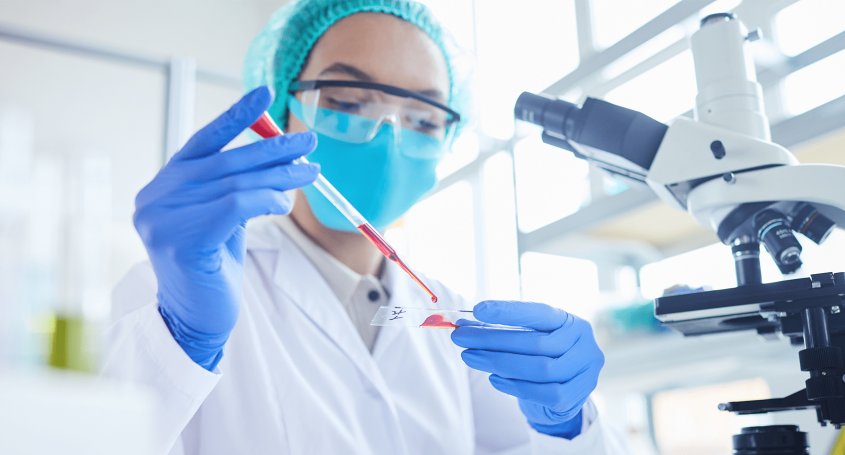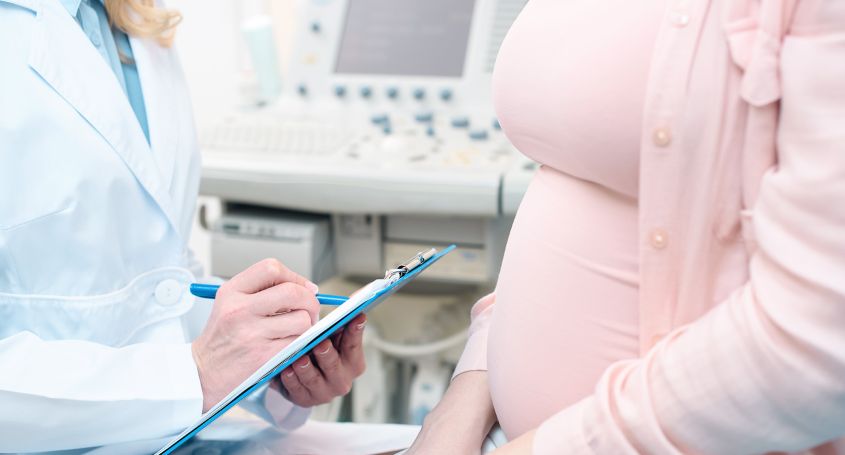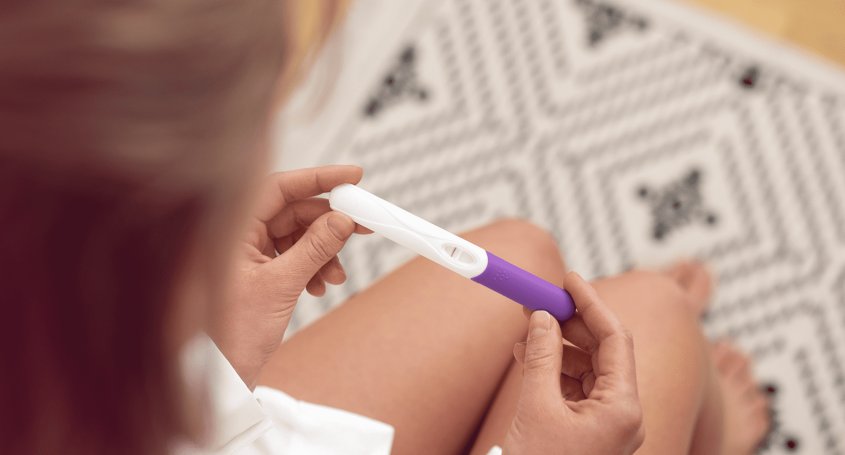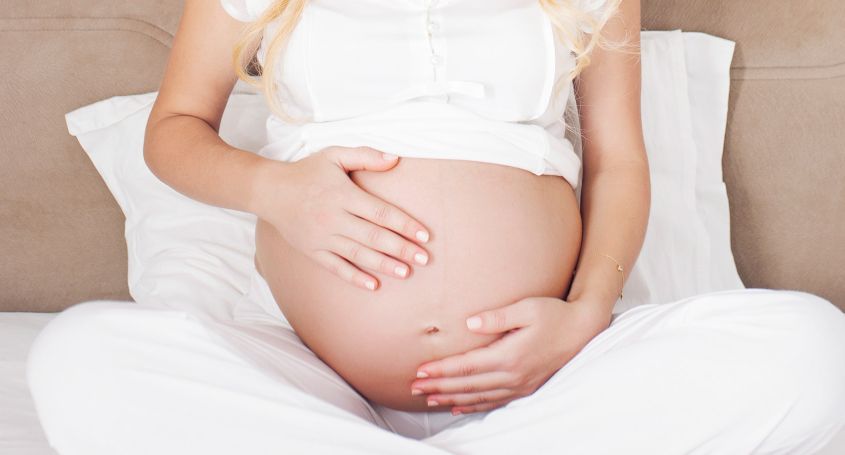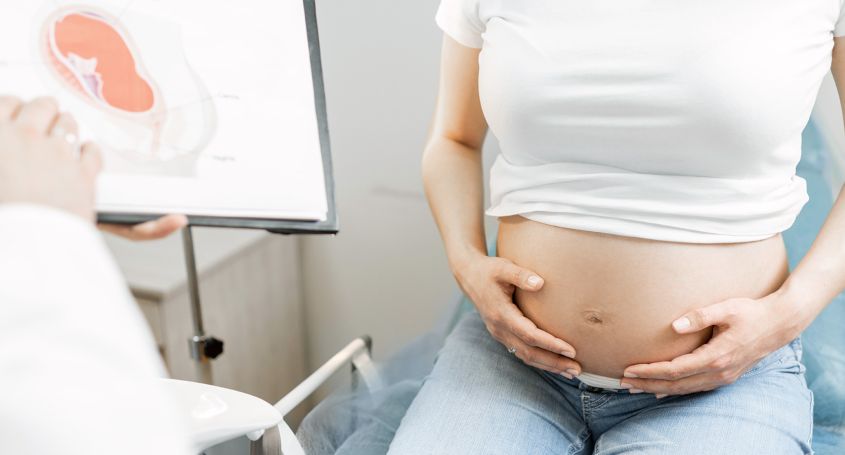Written by Dr. Luis Zamora
Multiple pregnancies have become very common in the general population. It is something that we are used to see around us and who does not have a relative or friend who has got twins?
The emergence of Assisted Reproduction Treatments in the 80’s made increase twin pregnancy rates by 1.8 times over the following 20 years. According to the National Statistics Institute, multiple births in Spain during the 80’s have increased by 21% and in the 90’s by 73%.
Remember that a multiple pregnancy is considered as a high risk pregnancy due to increased incidences of prematurity and low birth weight of the fetuses.
The risk is associated to different parameters and is increased according to the number of transferred fetuses.
This has led to the fact that in the past years policies in Assisted Reproduction Treatments have been developed in order to reduce the rate of multiple pregnancies. The most important step has been to reduce the number of transferred embryos: e.g. in 1998 41% of the transfers were performed with 3 transferred embryos and in 2009 this practice was reduced to 16%.
We are currently working on developing new techniques that allow us, in those cases that meet certain requirements, to transfer a single embryo without lowering the pregnancy rates. This is definitely the way to solve the problem of multiple pregnancies in Assisted Reproduction Treatments.



